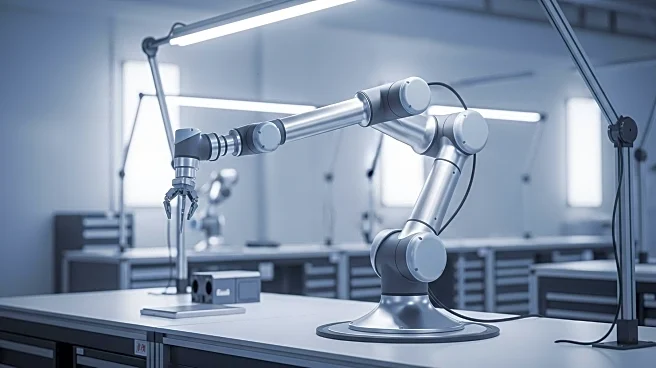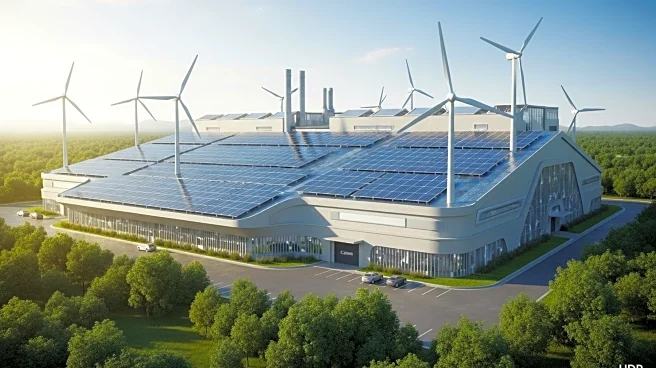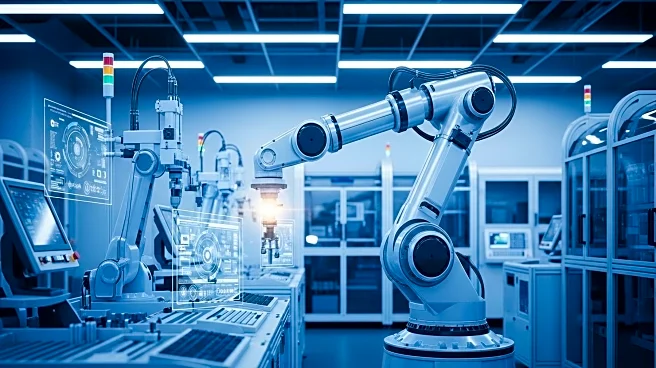What's Happening?
The electric grippers market is anticipated to grow significantly, with projections indicating an increase from USD 1.24 billion in 2024 to USD 3.32 billion by 2034. This growth is driven by the rising adoption of industrial automation, collaborative robots, and intelligent gripping solutions in smart manufacturing environments. Asia Pacific currently dominates the market, holding a 40% share in 2024, and is expected to maintain its position due to high robot density and smart factory implementations. The market is characterized by advancements in gripper mechanisms, actuation technologies, and communication interfaces, with parallel grippers and servo actuation leading the segments.
Why It's Important?
The expansion of the electric grippers market is crucial for industries seeking to enhance productivity and efficiency through automation. As companies increasingly adopt smart manufacturing practices, the demand for precise and energy-efficient gripping solutions grows. This trend supports the integration of advanced technologies like AI and IoT, which are pivotal in optimizing industrial operations. The market's growth also reflects broader shifts towards automation in sectors such as automotive, electronics, and logistics, which rely on these technologies for high-speed sorting and precision assembly.
What's Next?
The electric grippers market is expected to continue evolving with technological advancements, particularly in AI and machine learning, which will enhance the intelligence and flexibility of gripping solutions. The increasing demand for smart factories and collaborative robots will drive further innovation in gripper technologies, expanding their applications across various industries. Companies are likely to invest in research and development to create next-generation products that offer higher efficiency and scalability, ensuring sustained market growth.
Beyond the Headlines
The growing reliance on electric grippers highlights the shift towards sustainable and energy-efficient industrial practices. As industries prioritize reducing energy consumption, electric grippers offer a viable alternative to traditional pneumatic systems. This transition not only supports environmental goals but also aligns with global trends towards digitalization and smart manufacturing. The market's growth underscores the importance of innovation in driving economic and technological progress.










